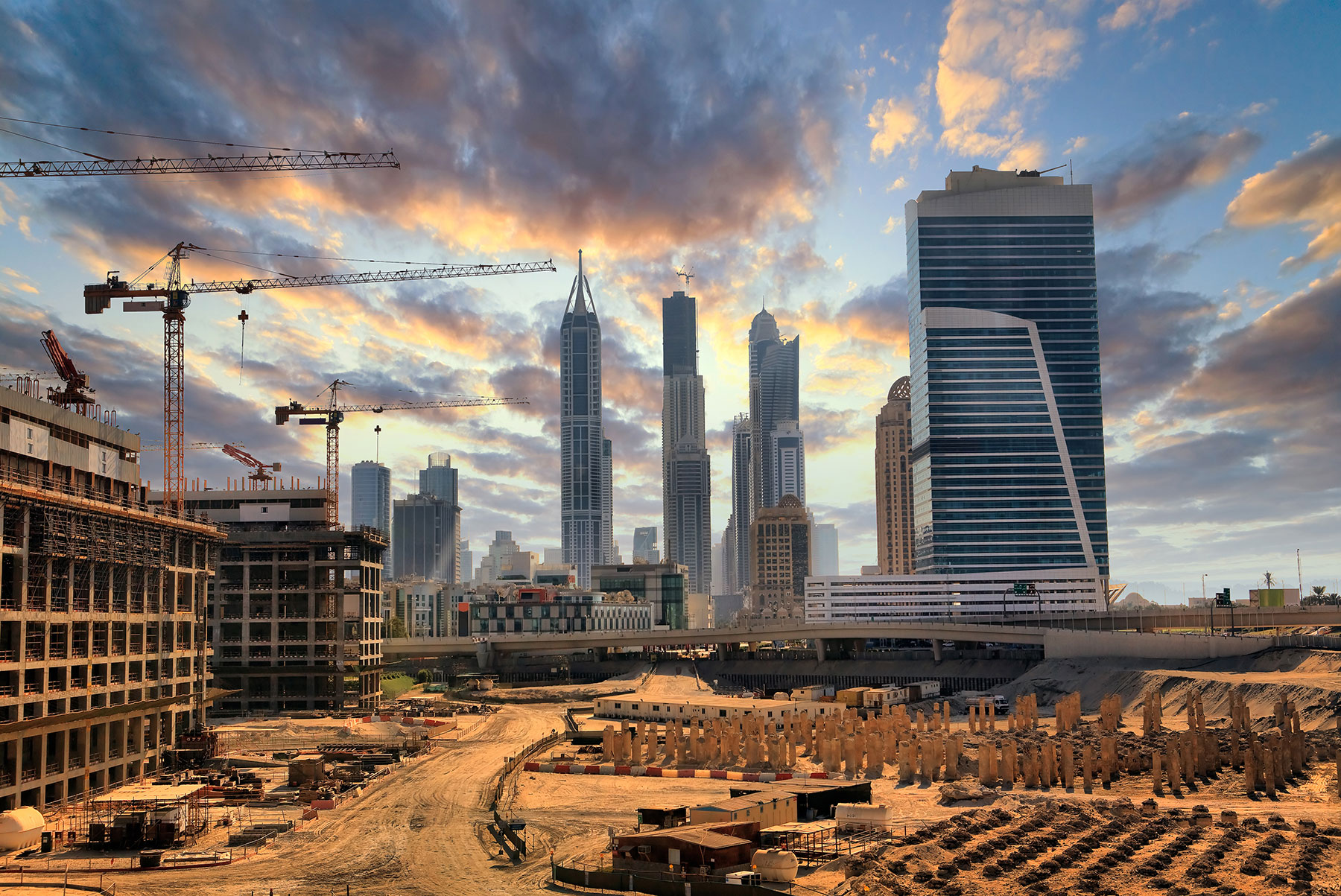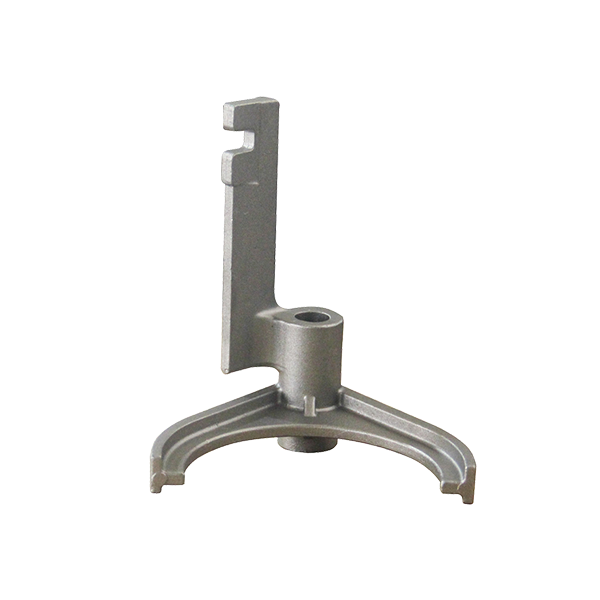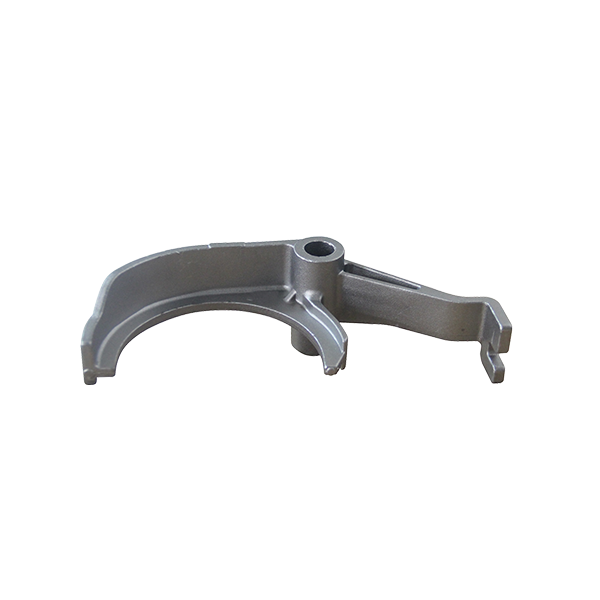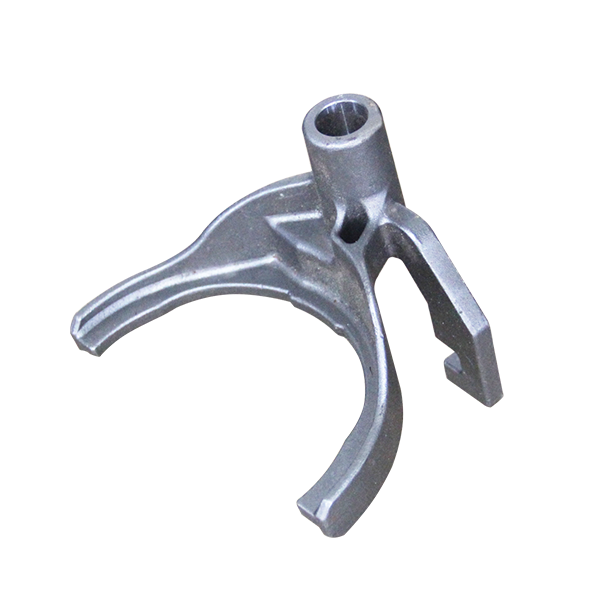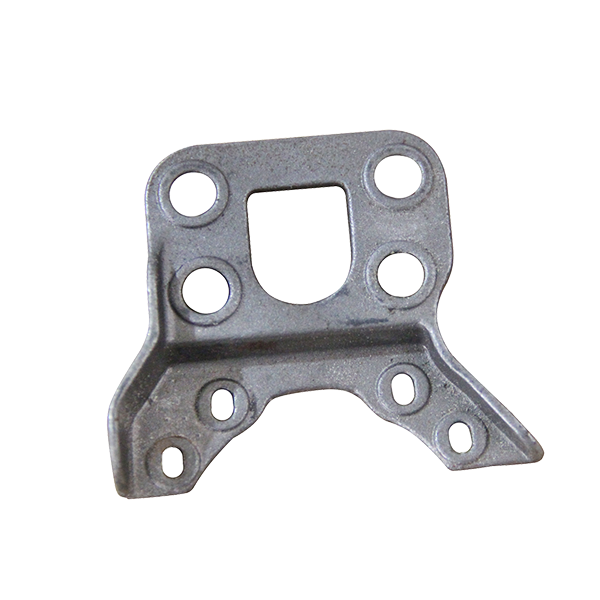Contrast of coatings in epc castings
The wide riser channel can effectively replenish the gas and free carbon produced by foam extinction, and deal with the serious problem of increasing carbon in the lost mold casting.
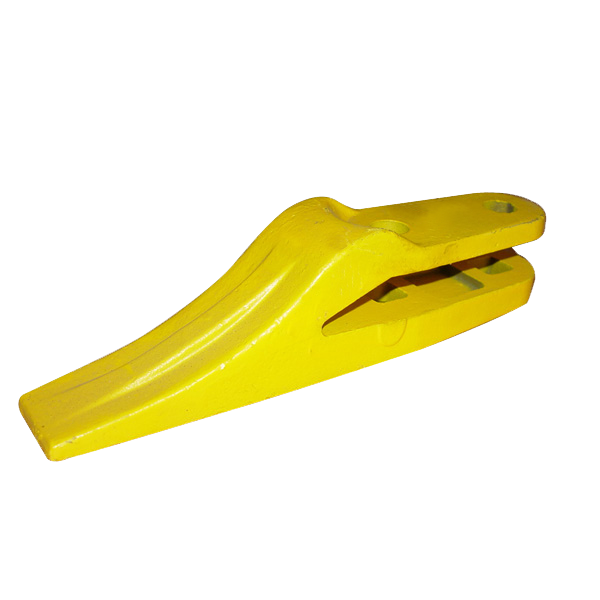
Open casting is done by dealing with carbon emissions, so what we call vanishing die forging carbon emissions, which are used for heavy and steel castings that require riser shrinkage.The corresponding blocking casting method is the premise of the hope of creating a high temperature without oxygen, making foam gasification disappear, so we call it the vanishing forging gasification method.In fact, the vanishing of die forging is the replacement of foam type by liquid metal.Since it is the replacement of two kinds of materials, in the entry and exit of the time there are three related to the situation: A, liquid metal filling rate faster than the rate of foam die;B. The filling rate of liquid metal is synchronized with the vanishing rate of foam mold;C. The filling rate of liquid metal is slower than that of foam mold.In the case of liquid metal filling rate faster than the foam die rate.
The basic components of die forging coatings include refractory materials, carriers, binders, suspensions, preservatives, surfactants, defoaming agents, etc. (Martinez,1990).Refractory material is the skeleton of the coating, ensure its heat resistance, strength and permeability, so as to prevent the shortcomings of sand, burr, get smooth general situation.Refractory materials are usually ceramic powder, the selection of varieties depends on casting metal varieties, casting temperature, parts thickness, the function of the outer sand.In order to achieve good results, it is possible to select unified refractory materials with different particle sizes for mixing, or ceramic powders with different particle sizes and different varieties.Commonly used are silica, alumina, zirconite, chromite, aluminum silicate, etc. (Batesetal.,2001).The carrier is to adjust the viscosity of the coating and the refractory material coated foam mold and have a certain thickness, for die forging coating is usually water.
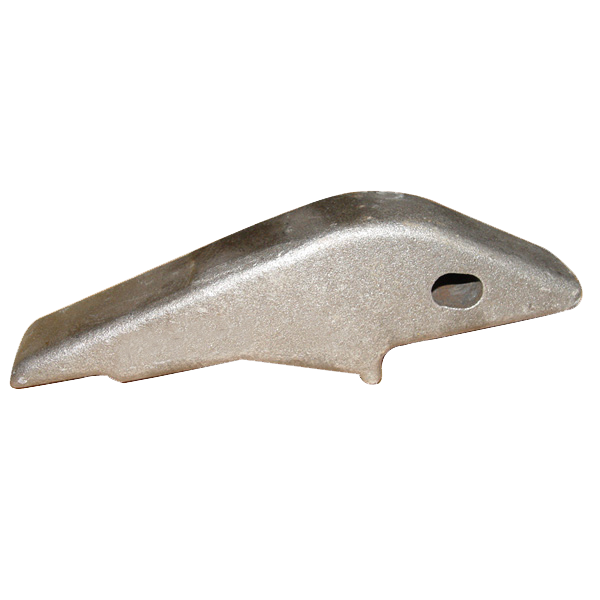
During pouring process of die casting, a series of physical and chemical changes such as reduction of volume, melting, vaporization and extinction will occur in the appearance of foam in the die casting.Because of the influence of liquid metal, foam and mold on each other in the pouring process, the pouring process is much larger than that of popular sand forging..Coating viscosity and density are the main parameters that affect its quality and function.Viscosity indicates the size of the internal friction force when coating activity, the resolution of coating adhesion and coating thickness and coating average;Density implies mass in cell volume and greatly affects the densification of coating..Research on measurement and function of air permeability of vanishing mold coatings this paper introduces a method to test air permeability of coatings in laboratory.Through the modification of molding sand air permeability tester, the air permeability of coating at constant temperature and high temperature can be stopped to test.
During the process of mass transfer by coating, the liquid and solid differentiated products cooperate with each other and compete with each other.If the liquid differentiator is wetted too quickly and the cap is completely coated, the atmosphere and volume differentiator will aggregate between the liquid metal and the coating, and the resulting pressure will delay the metal's movement and even cause cold insulation.On the contrary, if the gas escape coating is too fast and the liquid differentiated product wetting and infiltration into the coating is too slow, the metal activity will be too fast and the liquid differentiated product will be involved in the active metal liquid, which will eventually constitute the defects of pores and general situation (Liuetal.,1997).On the other side of the coating is the sand, which is injected and shaken in time to coat the foam mold supported by the machine to protect it from deflating or breaking.During the casting process, the coating receives both the compressive stress from the sand and the compressive stress from the gases and liquids that arise from the differentiation of the active metal and the foam mold.



